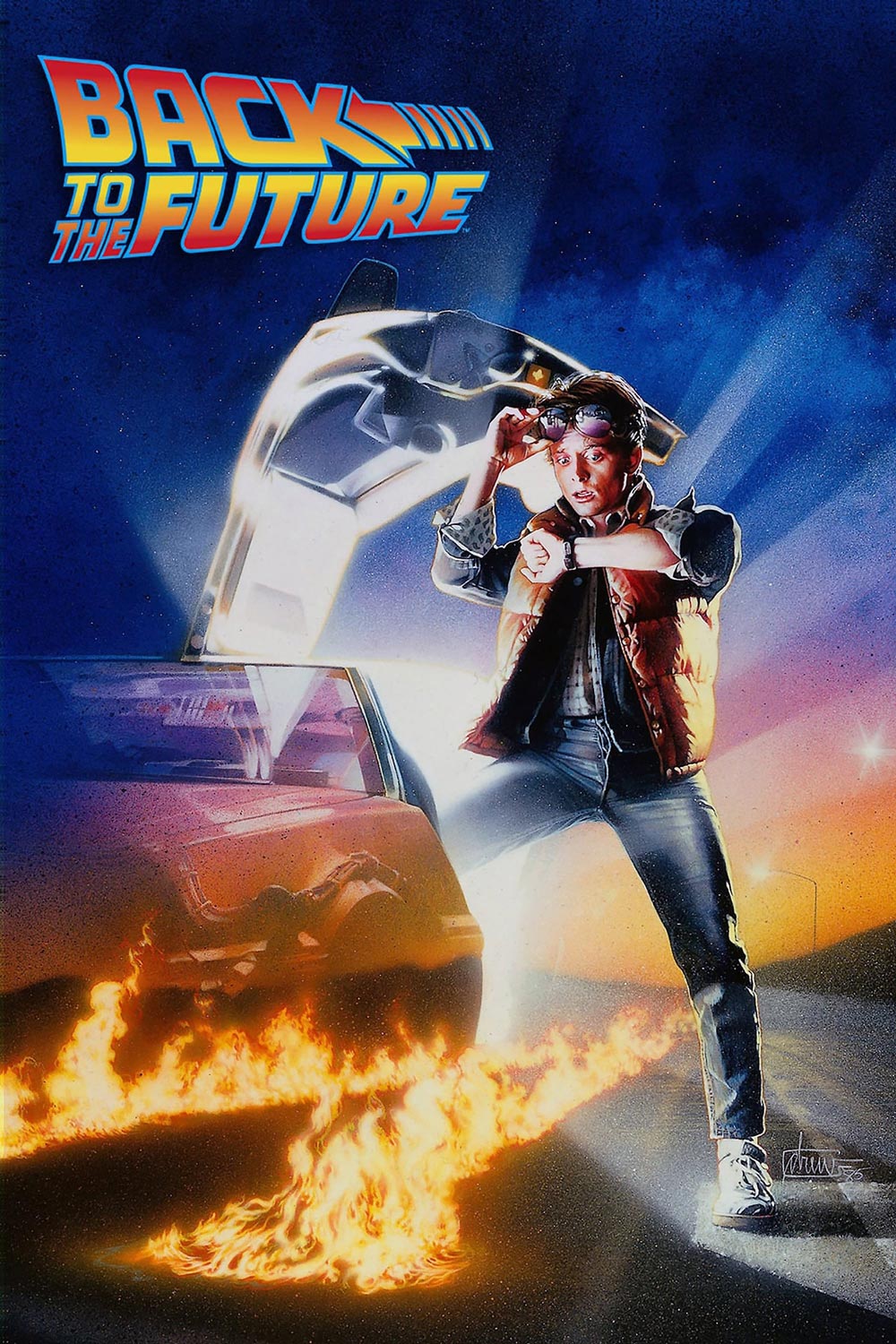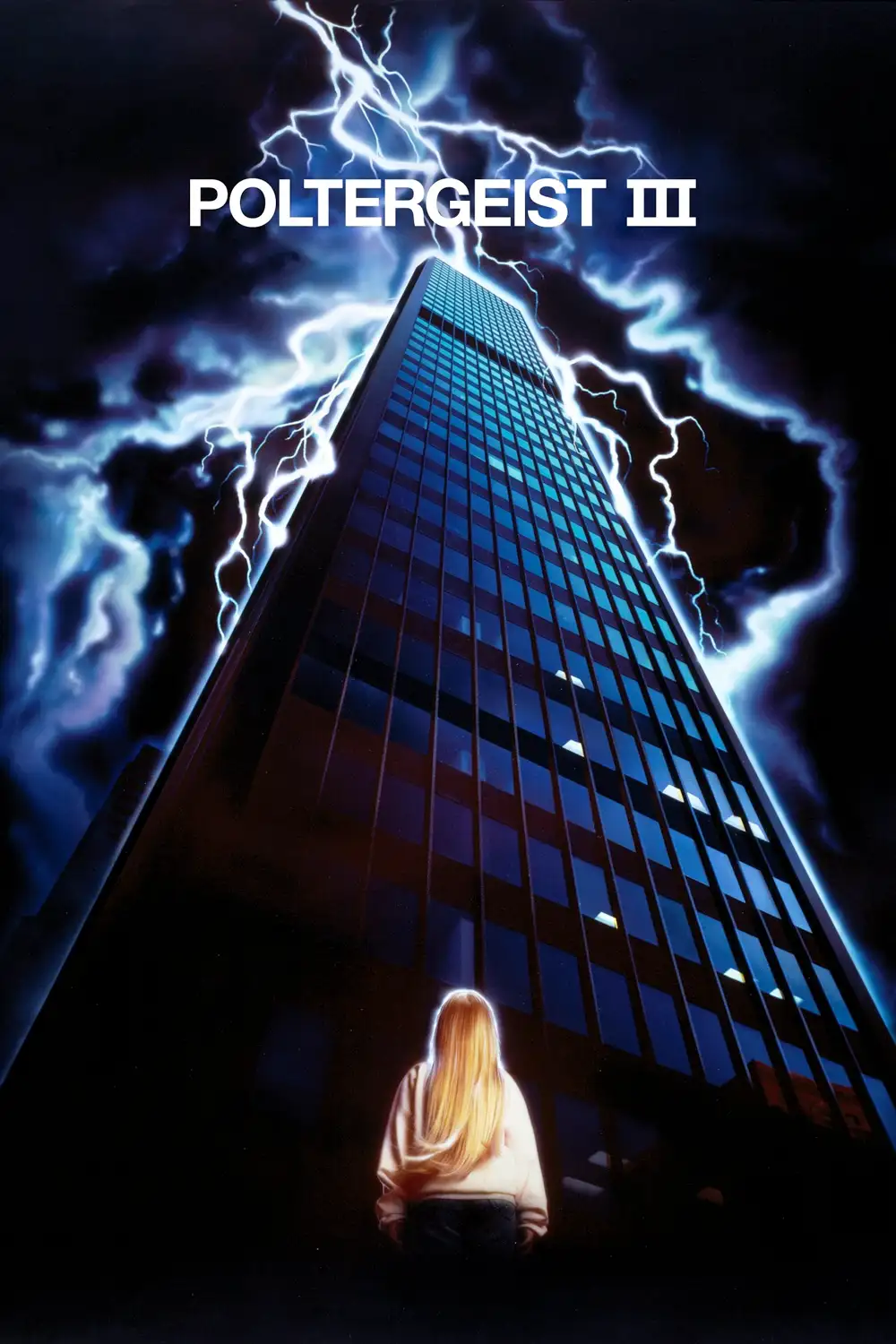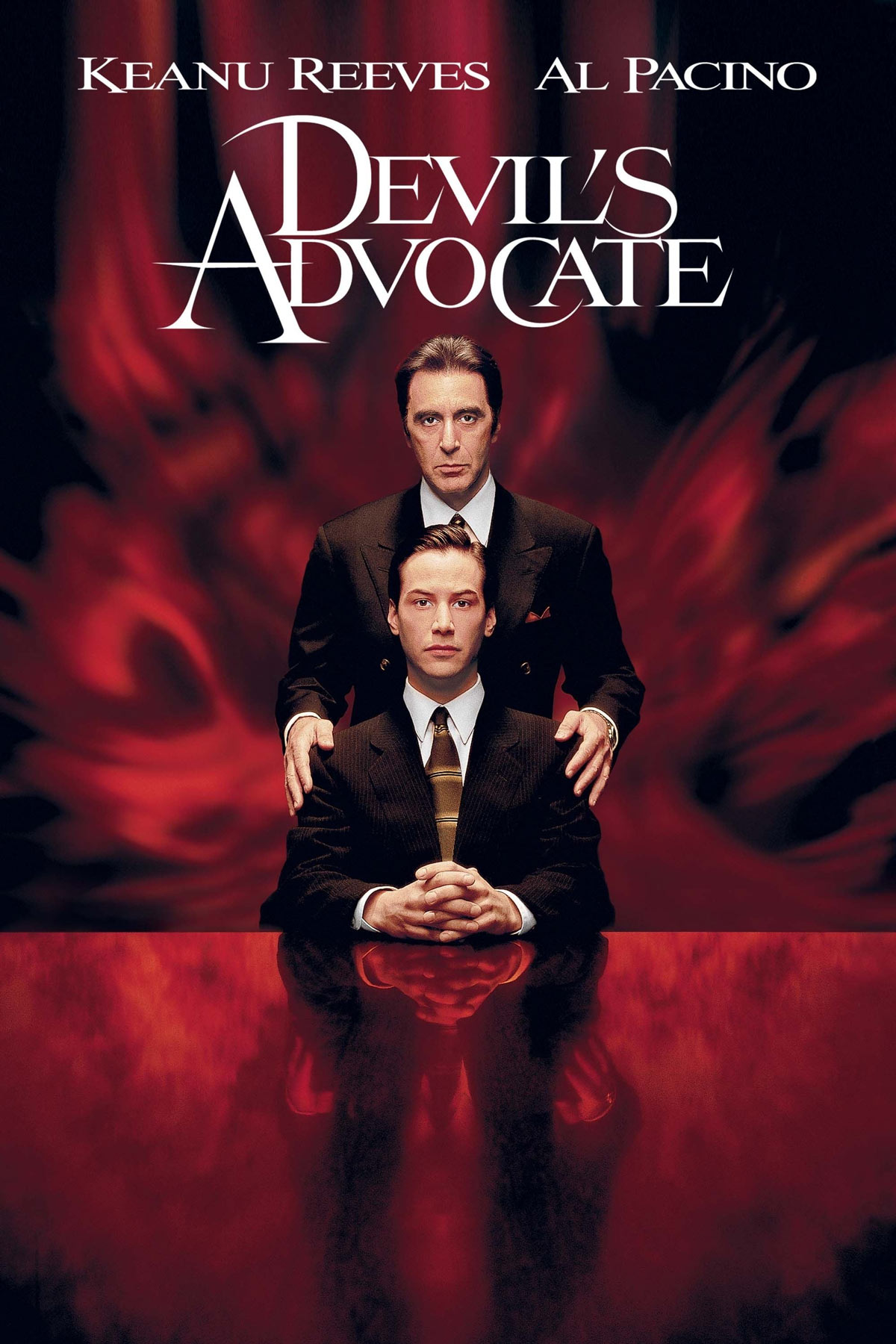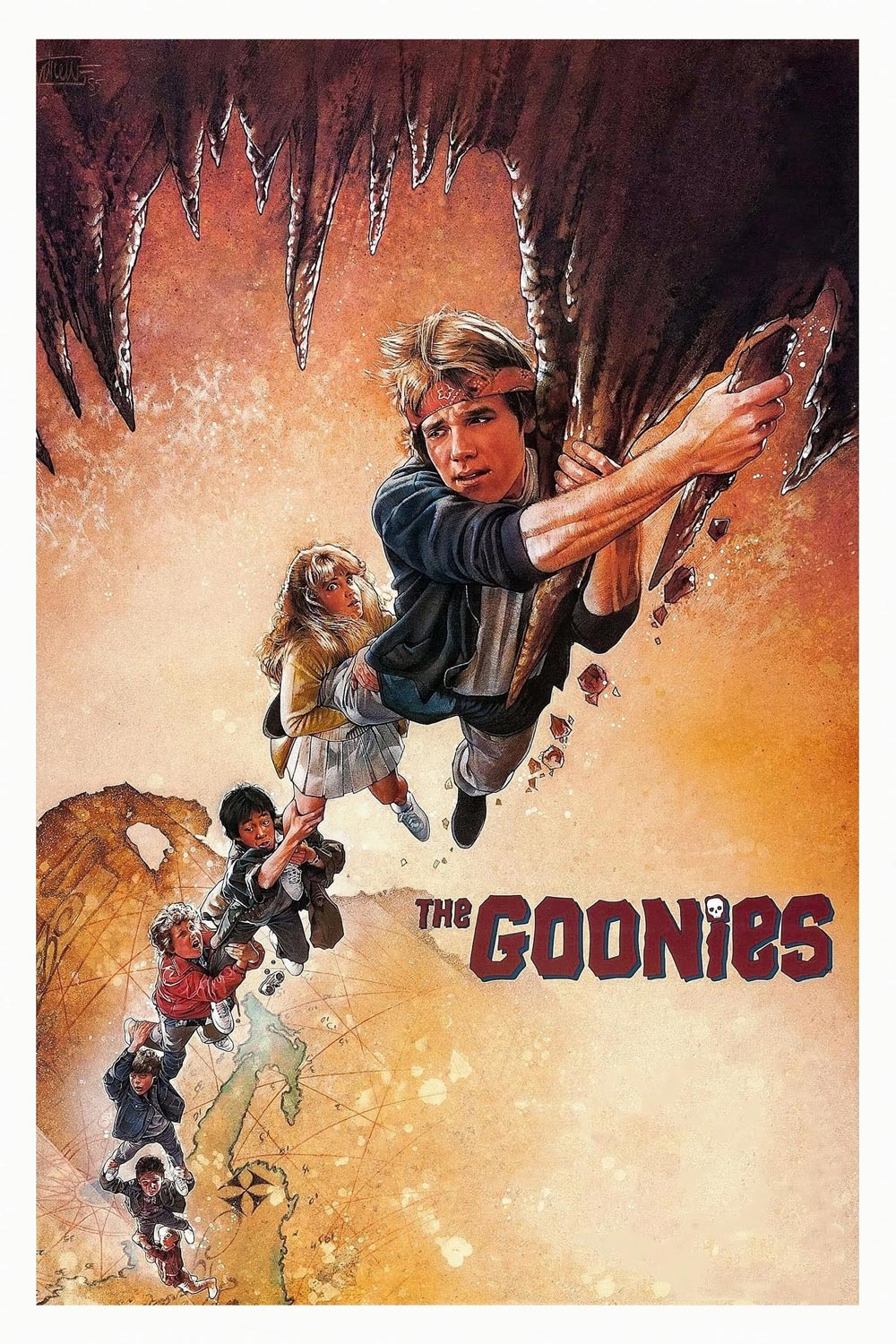Published on
1982’s Poltergeist remains one of the most iconic horror films ever made. Directed by Tobe Hooper — famed for the original “The Texas Chainsaw Massacre” — it spawned two sequels and a critically mauled 2015 remake. As with many franchises, the first film still stands tallest, perhaps thanks in no small part to the guiding hand of one Steven Spielberg.
When the Freeling family’s suburban California home becomes the site of strange and inexplicable events—flickering lights, moving objects, and ghostly whispers—they initially view the phenomena with curiosity. But when their young daughter Carol Anne is abducted by malevolent spirits into another dimension, the family is plunged into a terrifying battle to rescue her. With the help of a team of parapsychologists and a spiritual medium, they uncover that their home is built atop a relocated cemetery, and the restless dead are far from at peace.
When you think of Poltergeist, you think of Heather O’Rourke. Ironically, she’s in far less of the film than people remember — disappearing after the first act as the story shifts to rescuing her from another dimension. She doesn’t return until the climax, yet she remains the film’s most iconic presence, thanks in no small part to her haunting delivery of the legendary line, “They’re here.”
Another unforgettable figure is Tangina, the eccentric spirit medium played by Zelda Rubinstein. With her distinctive look, calm authority, and cryptic wisdom, she becomes the family’s lifeline in bringing Carol Anne home. Rubinstein’s impact was so strong that, along with O’Rourke, she’s one of only two actors to appear in all three original Poltergeist films.
The film’s real strength lies in its gradual shift from lighthearted curiosity to full-blown terror — starting with the family playfully engaging with the supernatural and ending the moment Carol Anne is abducted. From that point, the fun and games are over. With Carol Anne absent and three paranormal investigators stepping in, the pacing dips and the story becomes a bit repetitive. That is, until Tangina arrives and promptly steals the spotlight from everyone else on screen.
Poltergeist also features something I’ve never been much of a fan of: the false ending. The film could have wrapped up cleanly with Carol Anne’s return and the house’s destruction, but the extended lull before that moment all but telegraphs that we’re not done yet. Sure enough, we get a full fifteen-minute action-heavy finale in which the spirits launch one last assault — complete with the infamous killer clown, the pool full of skeletons, and Carol Anne herself in real danger. As memorable as these moments are, the sequence feels a bit tacked on, as if it were added late in production after an original ending failed to land with test audiences.
While he’s credited as a producer, Spielberg’s fingerprints are all over Poltergeist — and that’s hardly a bad thing. Tobe Hooper, for all his cult credibility, never really ascended to the ranks of great directors, his name forever tied to his raw and terrifying debut, “The Texas Chainsaw Massacre”. Behind-the-scenes footage on the Blu-ray makes it even more obvious: Spielberg is front and center on set, while Hooper often hangs back. In truth, Spielberg’s involvement likely elevated the film; it remains the only other genuinely good entry in Hooper’s filmography. (Though I’ll give Lifeforce some credit — if only for being… unique.)
Poltergeist still holds up remarkably well more than forty years later. Some of the special effects have aged, but the film’s energy, inventiveness, and sheer entertainment value endure. It’s easily one of the standout horror films of the 1980s, packed with unforgettable moments and imagery that have cemented its place in genre history.








I’d say it was actually Hooper who elevated the film… Spielberg wanted to make an out-and-out pastiche, with characters spouting one-liners everywhere and tennis balls hitting people in the face. It was Hooper who wanted to bring it back down to earth and resemble a little more his sober visions of the uncanny.
As for the behind the scenes footage, it is a careful smoke and mirrors… that featurette doc was made when the film was released, and Hooper went as far as to get its release limited for how poorly it represented the set. All that footage of Spielberg front and center? Months after shooting was done. Shots to Spielberg on the set? Spielberg rattling on meaninglessly about electrical cables. Any time we see a director talking with the actors, on the soundstage of principal photography (and there are several)? It’s uniformly Hooper we see in these snippets, stealthily edited around because the producers wanted to sell the film on Spielberg’s persona.